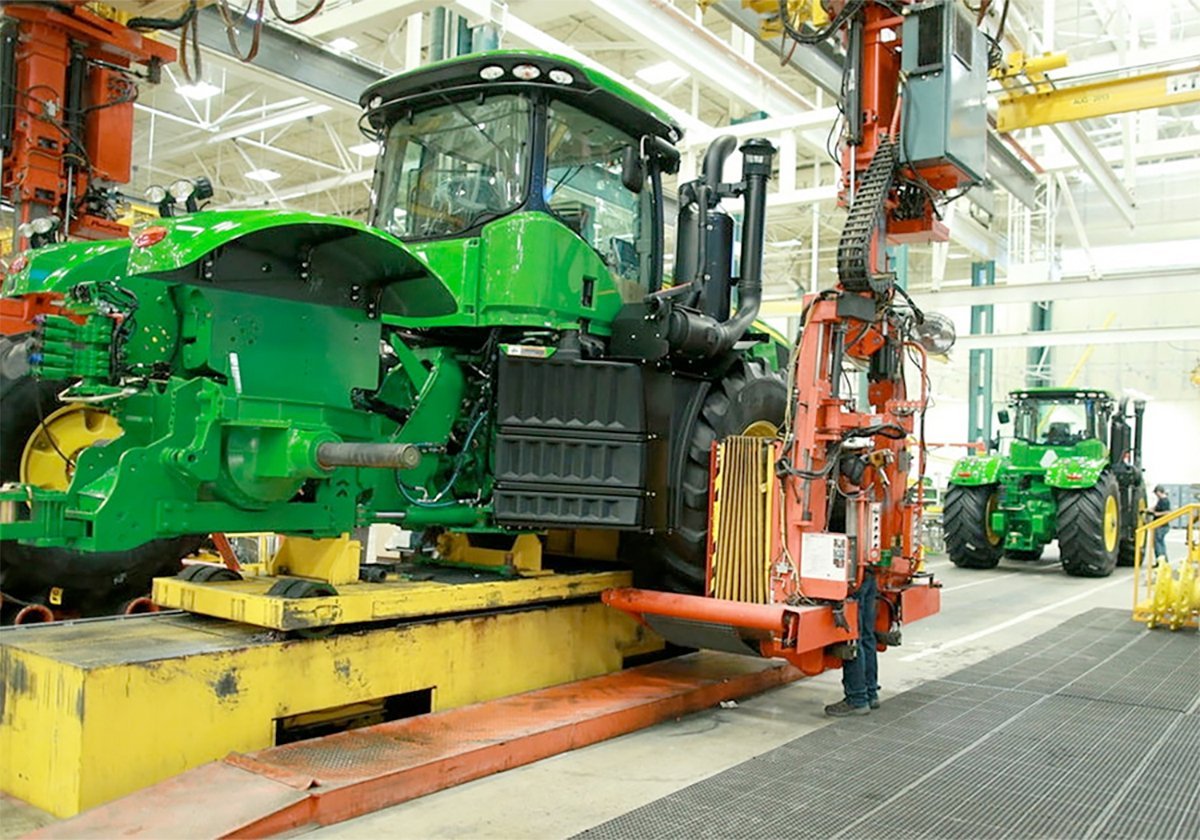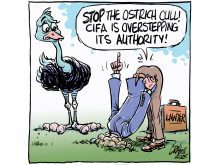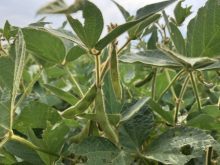IT HAS been a harrowing experience, but the worst fears of the cattle industry, in the wake of the bovine spongiform encephalopathy crisis, have gone unrealized.
In late May, after the discovery of a single BSE case was announced, the Canadian cattle industry was rife with worry that fed and feeder cattle prices would plunge to single digits as international borders remained closed to beef and cattle exports.
Predictions of irreparable damage to secondary industries that supplied the multi-billion dollar beef sector were commonplace. So were worries about loss of consumer confidence and abandonment of beef as a diet staple.
Read Also

Trump’s trade policies take their toll on Canadian producers
U.S. trade policy as dictated by president Donald Trump is hurting Canadian farmers in a multitude of ways.
Today, the industry is seeing strengthening prices for feeder cattle. An average price of $1.29 per pound for 400-500 pound Alberta steers was reported last week by Canfax, which is only three cents less than the price at this time last year.
Businesses that supply the cattle industry have sustained body blows but in most cases are still in the fight. Provincial and federal government programs helped sustain the infrastructure. Consumers rallied behind the industry and bought more beef.
News release
newsissued last week by Canadian and American cattle industry sources now seem to indicate the United States will soon issue a proposal for the resumption of live animal trade. That will be followed by a 30 to 90 day comment period, a review of any comments by the U.S. Department of Agriculture and then a move toward a final rule.
Even if that happened today – and there was no indication of imminent proposal release at the time of this writing – it would still be well into the first quarter of 2004 before any live cattle could move south.
Even so, the fact that American agriculture secretary Ann Veneman said on Sept. 18 that these proposals would be issued within “weeks, not months,” seems to indicate developments toward resumption of live cattle trade.
That also appears to be the thinking of American cattle buyers, who are rumoured to be paying top dollar for Canadian animals that would be ready for slaughter by April or May 2004.
Therein lies a danger the industry may not have fathomed back in May.
If the border does open in the first quarter, Canadian packers and feedlots might run short of affordable cattle. American buyers, flush with cash from their tight, high-priced market, will be able to outbid Canadians. And that will exacerbate the problem in the sector where industry fears may yet be realized – the cull cow and bull market.
However trade issues play out, it will take the Canadian cattle industry years to recover from the damage sustained. When the U.S. border opens to live animals, governments must not abandon plans for assistance. That might indeed be the crippling blow the battling industry has so far managed to dodge.














